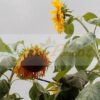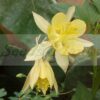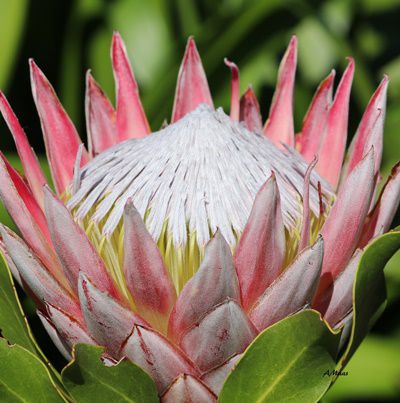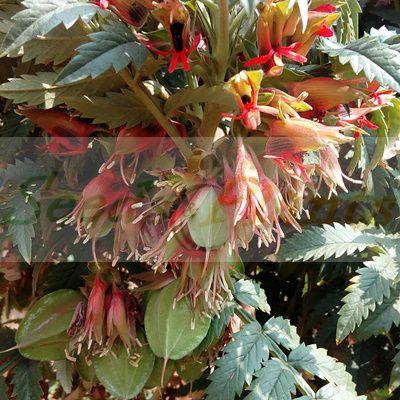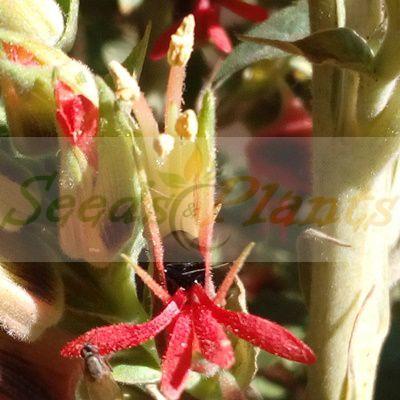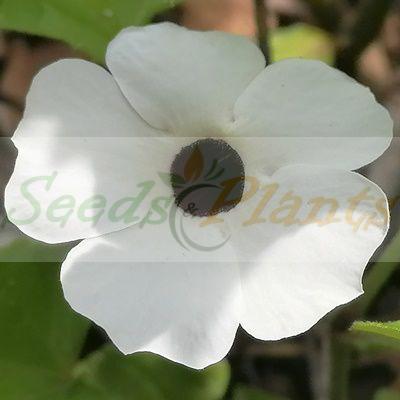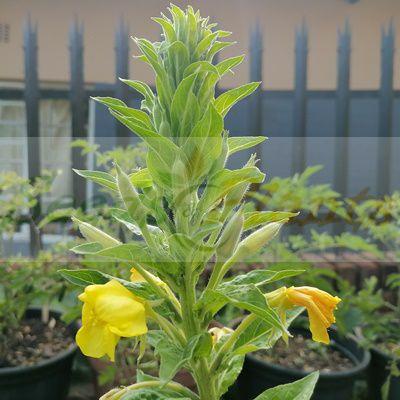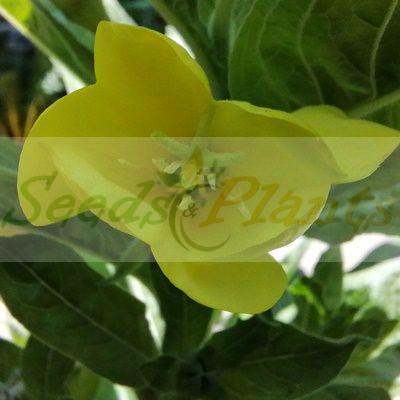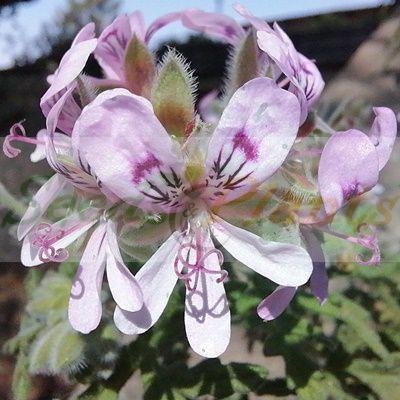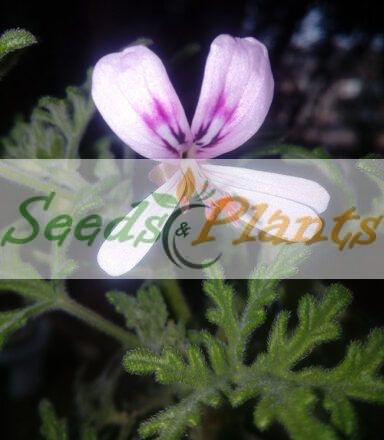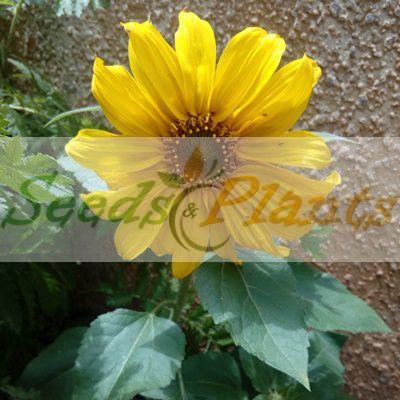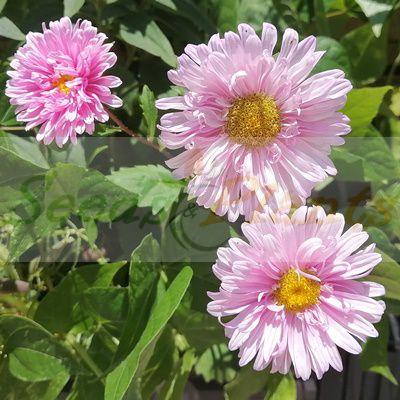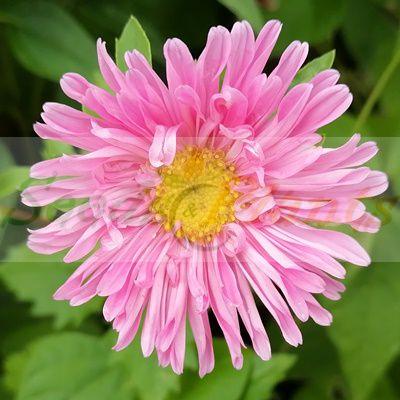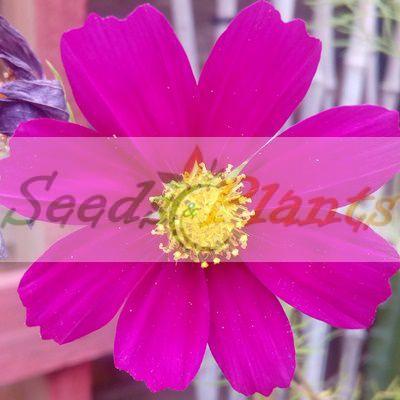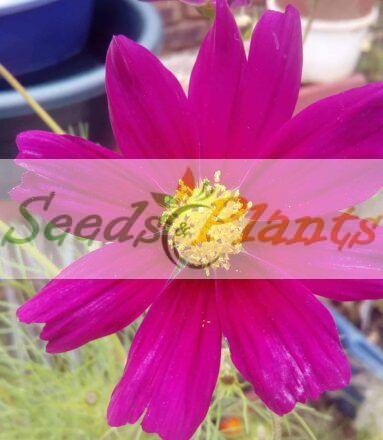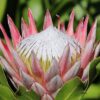🌼 Flower Quick Facts
Flower Info
- 🌍 Origin / Region: South Africa
- 🌸 Flower Color: Pink
- 🦋 Pollinator Method: Attracts Bees, Attracts Beetles, Attracts Sugarbirds, Attracts Sunbirds
Growth Traits
- 🌱 Life Cycle: Perennial
- 🌾 Plant Type: Shrub
- 🪴 Growth Habit: Bushy, Upright
Growing Requirements
- 🌞 Sun Exposure: Full Sun
- ☀️ Growing Conditions: Drought Tolerant, Heat Tolerant, Moderate Cold Tolerance, Moderate Frost Tolerance
- 🟤 Soil Preference: Acidic, Rocky, Sandy, Well-Drained
King Protea – 5 Seeds
(Protea Cynaroides)
R50.00
King Protea is South Africa’s national flower and is known as a great cut flower. Summer Flowering.
Common Names: King Protea, King Sugarbush and Koningsuikerbos.
Indoor Sowing: Spring and Autumn.
Direct Sowing: Spring and Autumn.
Out of Stock
Email me when the product is back in stock.
🌼 Flower Quick Facts
Flower Info
- 🌍 Origin / Region: South Africa
- 🌸 Flower Color: Pink
- 🦋 Pollinator Method: Attracts Bees, Attracts Beetles, Attracts Sugarbirds, Attracts Sunbirds
Growth Traits
- 🌱 Life Cycle: Perennial
- 🌾 Plant Type: Shrub
- 🪴 Growth Habit: Bushy, Upright
Growing Requirements
- 🌞 Sun Exposure: Full Sun
- ☀️ Growing Conditions: Drought Tolerant, Heat Tolerant, Moderate Cold Tolerance, Moderate Frost Tolerance
- 🟤 Soil Preference: Acidic, Rocky, Sandy, Well-Drained
The King Protea (Protea cynaroides) is South Africa’s national flower. Summer Flowering. Common Names include: King Sugarbush, (Afrikaans: Koningsuikerbos). It is a woody shrub with large dark green, glossy leaves. The thick stems grow from an underground root-stock. As with most proteas it grows in soils with very low amounts of nutrients. It is adapted to survive fires and can be grown in harsh environments with dry, hot summers and wet, cold winters.
The tough, leathery leaves prevent excessive loss of moisture, and a large taproot penetrates deep into the soil to reach underground moisture. Large, vigorous plants produce six to ten flower heads in one season although some plants have many more than this. Not well suited to very dry areas, regions with very severe frost or to hot humid conditions.
Growing King Protea
Indoor Sowing: Spring and Autumn.
Direct Sowing: Spring and Autumn.
- Seeds can be sown in autumn or spring when the difference between day and night temperatures is about 12ºC. Where winters are cold, plant in spring and where winters are mild, plant in autumn.
- To increase the chance of germination, the seeds should be treated with a smoke primer .
- The soil should be slightly acidic with a pH of 5.5. A mixture of coarse river sand, peat or decomposed pine needles and vermiculite or perlite in a ratio of 2:2:1 is suggested.
- The seeds should be planted to a depth equal to their size and watered well.
- Place the seeds in a semi-shaded position and protect them from rodents, birds and insects.
- Water lightly with a fine spray in the early morning and during the day if necessary – do not allow them to dry out at any time.
- Germination will occur between 1 and 3 months.
Disclaimer
Medicinal Information:
All medicinal information on this website is for educational and informational purposes only and may not be construed as medical advice. The information is not intended to replace medical advice or treatment offered by healthcare professionals.
Seeds, Plants, Plant Cuttings, Geophytes and Dried Herbs:
In some countries and provinces, certain plants are deemed as invasive and are not allowed to be planted at all, whilst some plants are allowed to be grown only in certain areas or provinces. The onus is on you as the buyer to familiarize yourself with the regulations pertaining to your location, before purchasing any of our seeds, plants, plant cuttings, geophytes or dried herbs. We will not be held liable, should you purchase any seeds, plants, plant cuttings, geophytes or dried herbs. from us which are prohibited in your country or province.

